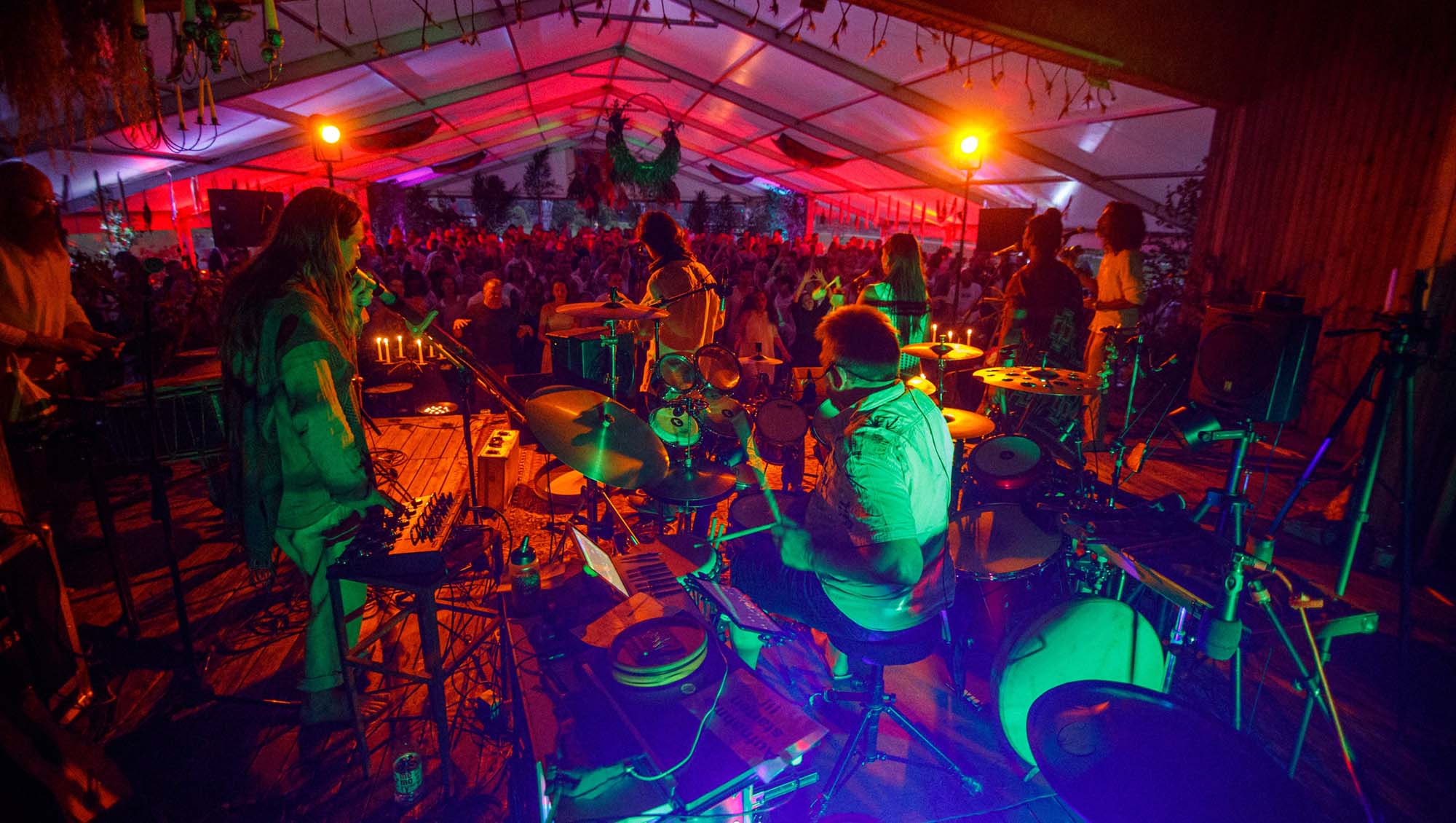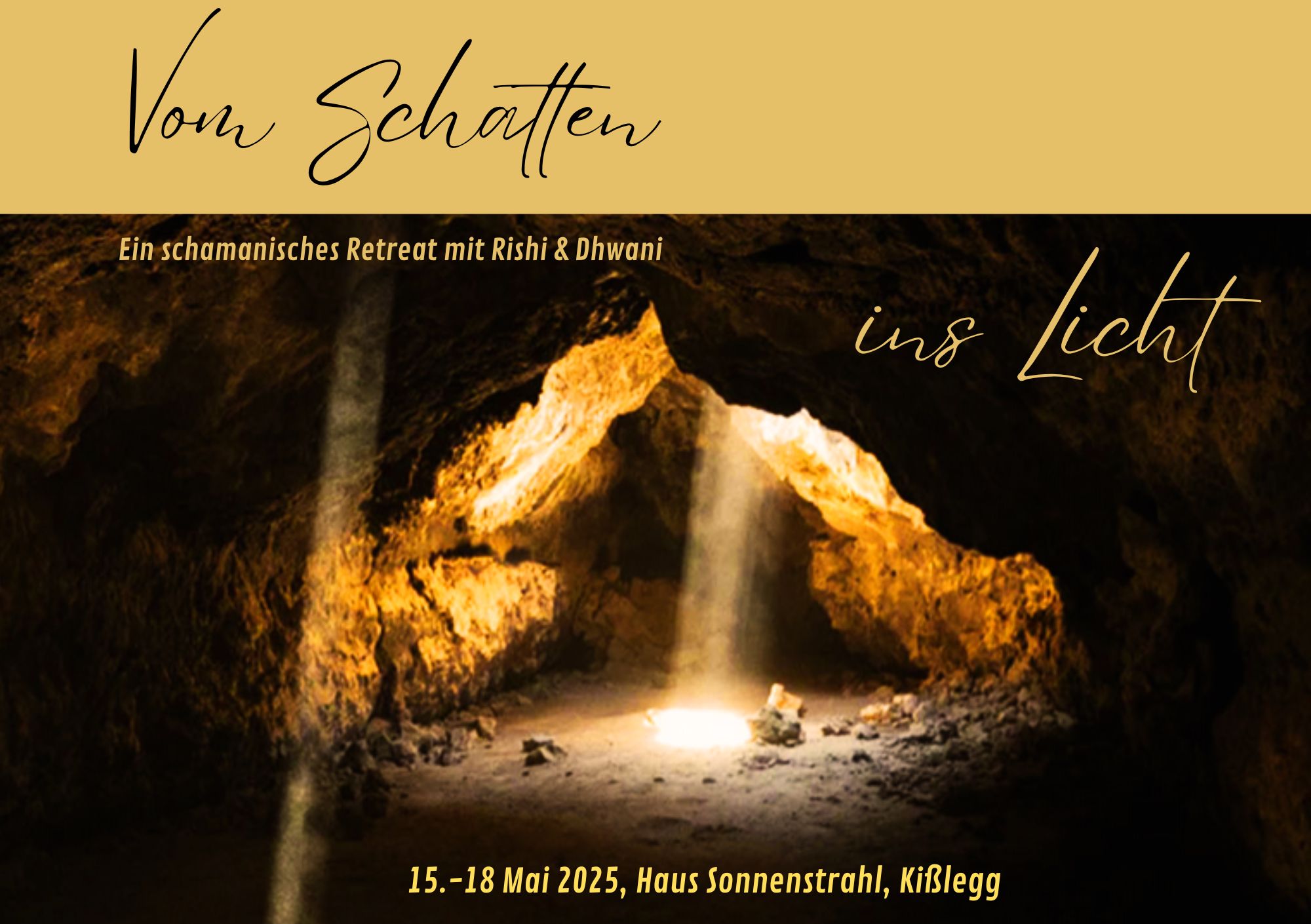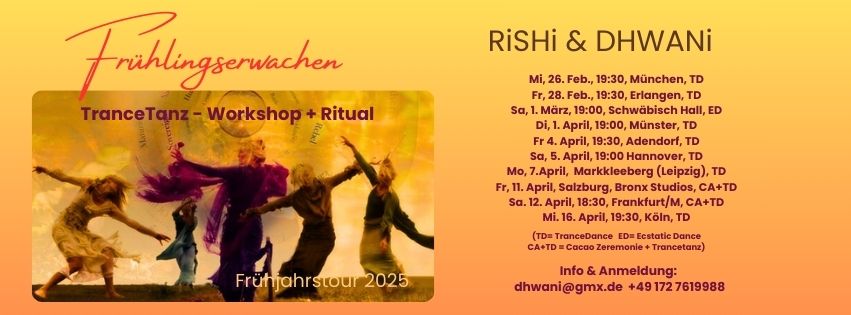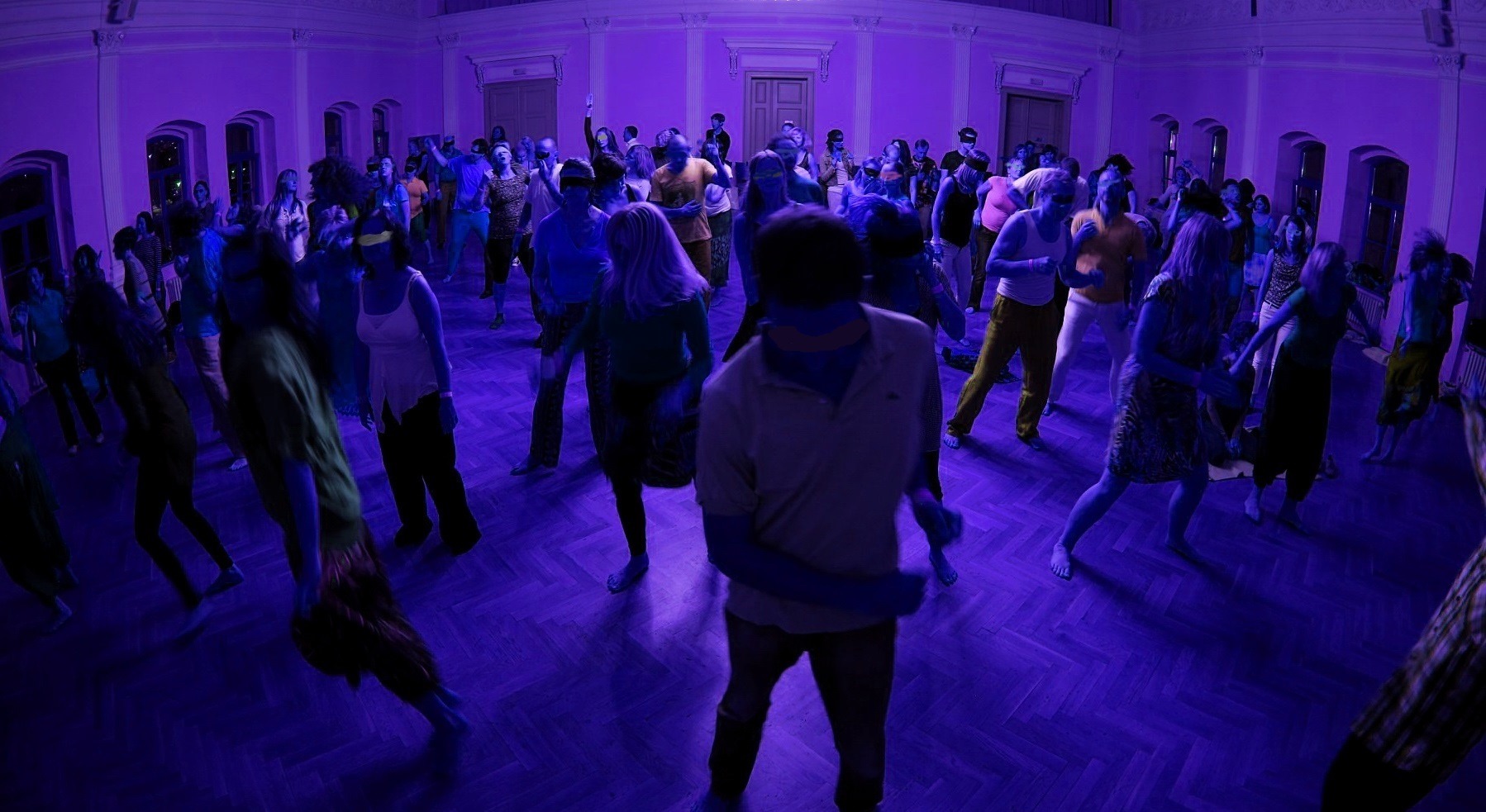
The Journey of Trance Dance: From Ancient Roots to Modern Day Rhythms
Where It All Began
Trance dance has been with us for thousands of years. Long before the synthesizers and modern-day setups, ancient tribes would gather around fires, drumming and dancing as a way to connect to the spirit world. The rhythms of the drums, the beat of the feet on the earth, and the movement of the body in response to sound—it was all a doorway to something deeper. From the shamanic traditions of indigenous cultures in Africa, South America, and Central Asia, trance dance was a way to heal, to journey, and to gain insight from the ancestors. The dance wasn’t just a performance, it was a ritual, a call to the spirits, and a moment of transformation for the individual and the community alike.
Why It Became Popular
As we moved into the 20th century, people in the West began to rediscover these ancient practices. The rigid structures of society, with its rules and expectations, created a longing for something more, something primal. This is where trance dance found a new home. It wasn’t just about dancing in clubs, it became a form of spiritual expression. With the influence of shamanic traditions and the integration of live drums, trance dance evolved into an art form that allowed people to break free from limitations, to enter into a state of flow where the mind stops and the body takes over. It became a way to let go of ego, to surrender to the rhythm, and to reconnect with something larger than oneself.
The Role of Modern Music in Trance Dance
Fast forward to today, and trance dance has taken on new dimensions with the introduction of modern electronic sounds. Synthesizers and live acoustic drums have merged, creating a hybrid of ancient and contemporary music that speaks to both the body and the soul. This combination of deep, earthy rhythms with the expansive, otherworldly tones of the synthesizer helps people reach deeper states of trance. It’s not just about dancing—it’s a journey, a trance journey. The sounds are designed to help you lose yourself, to dance with your eyes closed, and to enter a state of pure being, where you can explore your inner world.
Trance Dance in Modern Culture
In modern culture, trance dance is no longer confined to its tribal roots or underground scenes. You’ll find trance dance workshops, retreats, and even festivals dedicated to this powerful practice. It has become part of the wellness movement, a way to reconnect with the body, heal trauma, and experience personal growth. Whether it’s in the heart of a bustling city, in a shamanic retreat in the mountains, or in an intimate gathering of like-minded people, trance dance fits into modern life as a way to escape the noise and clutter of the mind. It offers a way to re-center, to ground into the earth, and to let the rhythms of life move through you.
The Dance of Transformation
Today, more than ever, people are searching for ways to feel whole, to break free from the stress of everyday life. Trance dance, with its blend of ancient rhythms and modern-day electronic sounds, offers a bridge between the old and the new. It’s not just a dance—it’s an invitation to remember your freedom, to forget your limitations, and to move through life with a deeper connection to the pulse of the universe.





